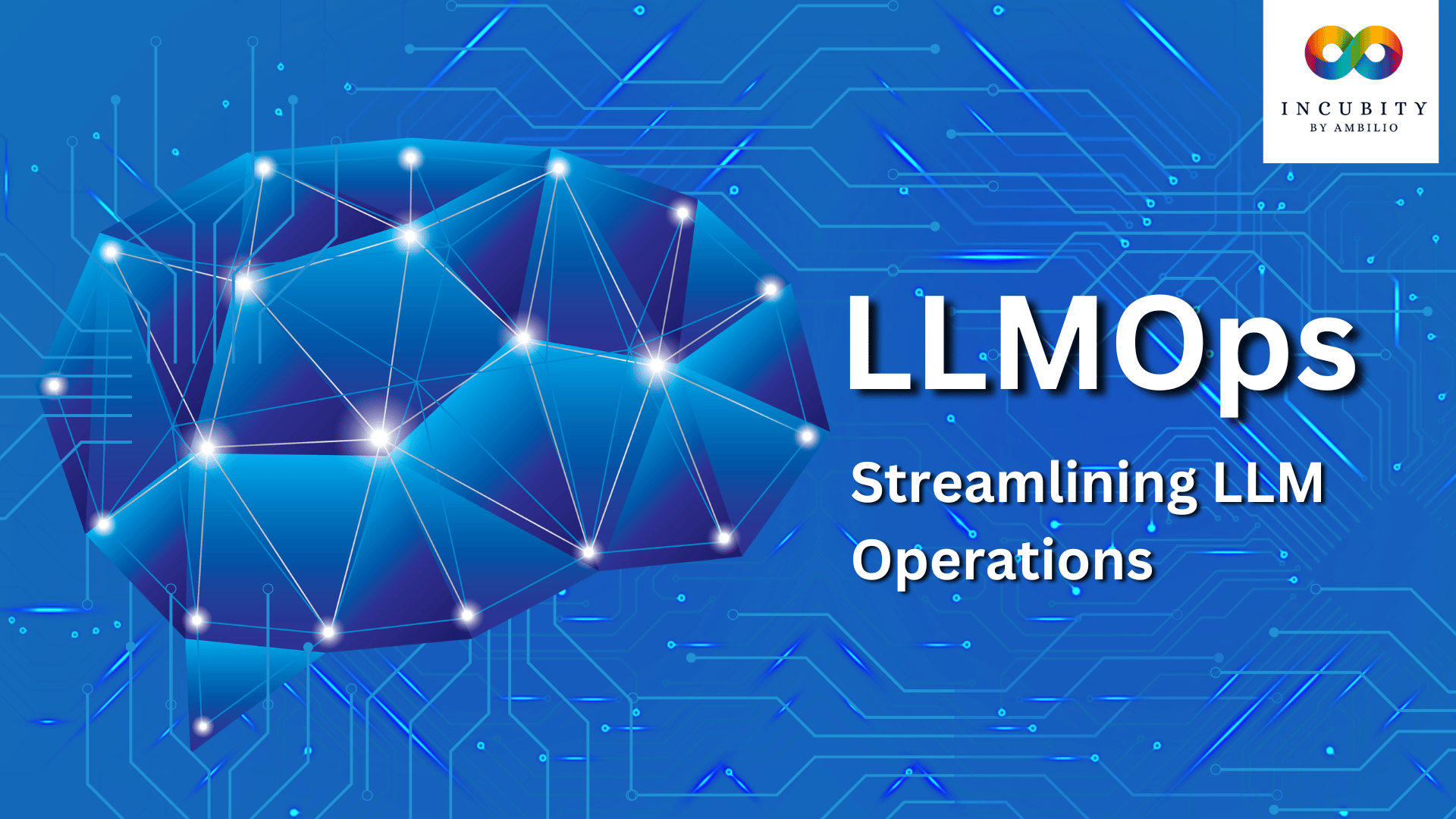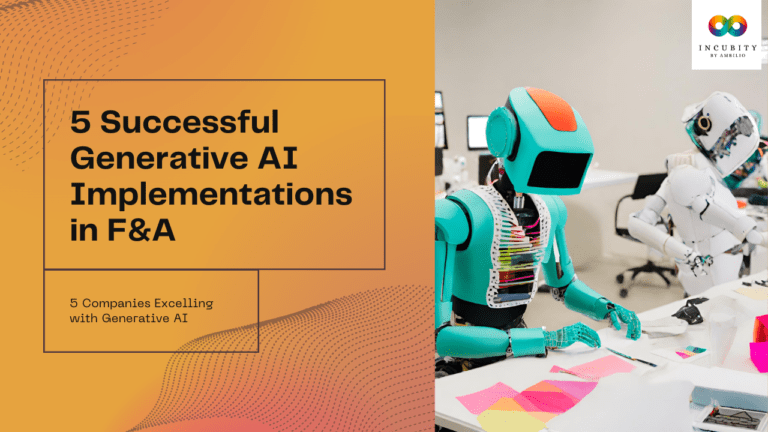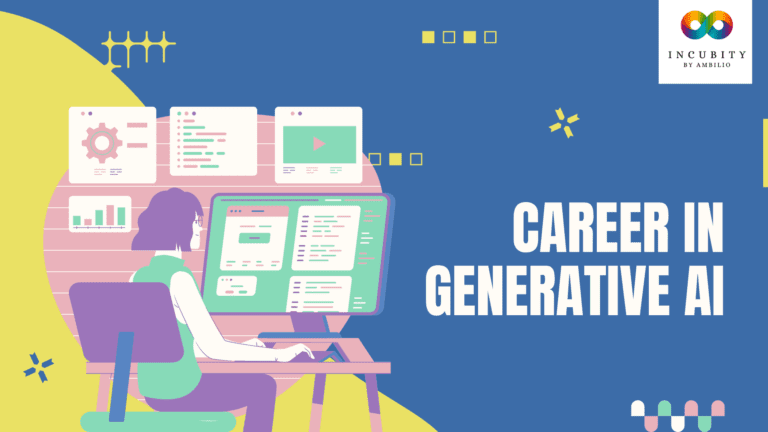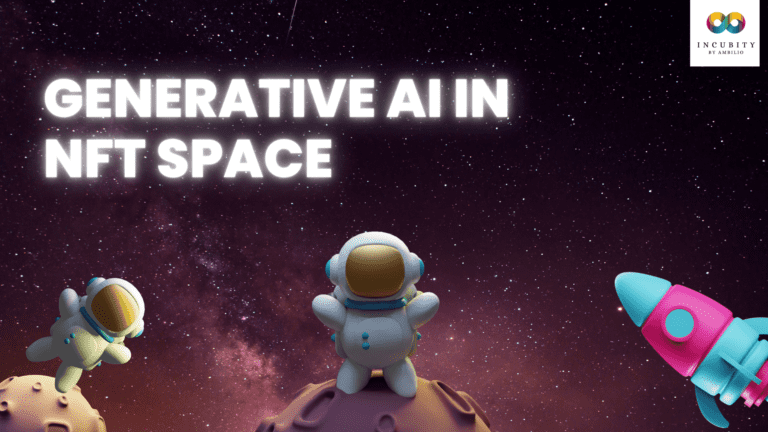Large Language Models (LLMs) have gained significant attention in recent years, with applications like ChatGPT capturing the public’s imagination. As more companies look to incorporate similar functionality into their products, the need for specialized operational capabilities and infrastructure arises. This has given rise to LLMOps, a field focused on refining and deploying LLMs to meet specific domain requirements. In this article, we will explore the landscape of LLMOps, its challenges, and the tools and frameworks available to streamline the process of training and deploying LLMs.
The Significance of Transfer Learning in LLMOps
Transfer learning plays a crucial role in LLMOps, enabling companies to take existing state-of-the-art models like GPT-3 and fine-tune them for specific use cases by leveraging domain-specific data. This approach allows LLMs to produce outputs that align with desired styles and formats, such as generating medical notes or financial reports. While transfer learning is not a new concept, the rise of LLMs has sparked discussions on training and deploying these models, leading to the emergence of LLMOps as a specialized field.
Infrastructure Challenges in LLMOps
Foundational models like GPT-3, with their enormous parameter sizes, demand substantial amounts of data and computing power for training. While fine-tuning LLMs requires fewer data and computation compared to training from scratch, it is still a resource-intensive task. LLMOps necessitate infrastructure that can handle large datasets and efficiently utilize GPU machines in parallel. The ability to scale and manage such infrastructure is essential to ensure effective training and deployment of refined LLMs.
LLMOps Tools and Platforms
The LLMOps landscape encompasses various tools and platforms designed to facilitate the fine-tuning and deployment of LLMs. These offerings can be broadly categorized as:
- LLMOps Platforms: These platforms provide comprehensive solutions for fine-tuning, versioning, and deploying LLMs. They abstract away the complexities of infrastructure management, allowing users to focus on refining their models. These platforms handle the underlying infrastructure requirements, making it easier for companies to integrate LLMs into their products.
- No-Code and Low-Code Platforms: Built specifically for LLMs, these platforms provide a high level of abstraction, making it easy for users to adopt LLM technology without deep technical expertise. While they offer simplicity and ease of use, they may limit flexibility compared to code-first platforms.
- Code-First Platforms: These platforms, including certain MLOps platforms, cater to a broader range of ML systems, including LLMs and other foundational models. They offer high flexibility and access to computing resources, making them suitable for expert users who require customization and advanced capabilities.
- Frameworks: Frameworks designed to streamline LLM application development play a vital role in LLMOps. They standardize interfaces between different LLMs, simplify the integration process, and provide tools for prompt management and data evaluation. These frameworks enhance productivity and enable developers to leverage LLM capabilities more effectively.
LLMOps Lifecycle
The LLMOps lifecycle consists of four key phases: data management, model development, deployment, and monitoring. In this article, we will delve into each phase, highlighting its significance in optimizing the performance and utilization of LLMs.
- Data Management: The first phase of the LLMOps lifecycle is data management. It involves the collection, preparation, and curation of high-quality data that will be used to train the LLM. Data must be representative of the problem domain to ensure the model’s effectiveness and generalizability. During this phase, data preprocessing techniques, such as cleaning, normalization, and augmentation, are applied to enhance the quality and diversity of the training dataset.
- Model Development: The model development phase focuses on training the LLM using the prepared dataset. Training an LLM can be a resource-intensive process, requiring significant computational power and time. Techniques like transfer learning are employed, leveraging pre-trained LLMs like GPT-3 as a starting point and fine-tuning them on the specific domain or task. Model development also involves hyperparameter tuning, optimizing the model architecture, and evaluating its performance on validation datasets.
- Deployment: Once the LLM has been trained and validated, it enters the deployment phase. Deployment involves making the LLM accessible to users through various interfaces such as web services, mobile apps, or desktop applications. Integration with existing systems and infrastructure may be necessary to ensure seamless deployment. Considerations such as scalability, latency, security, and privacy play a crucial role in this phase, as the LLM becomes available for real-world usage.
- Monitoring: The final phase of the LLMOps lifecycle is monitoring. Continuous monitoring is essential to track the performance and behaviour of the deployed LLM. This includes monitoring key metrics, such as response times, accuracy, and user feedback, to ensure the model is performing as expected. Additionally, monitoring helps detect any potential biases, ethical concerns, or malicious usage of the LLM. Based on the monitoring insights, adjustments and improvements can be made to enhance the model’s performance and address any issues that arise.
Challenges and Future Outlook
While LLMOps is a rapidly evolving field, it may not have long-term staying power as a distinct term. However, its emergence reflects the evolving nature of machine learning and the diverse range of use cases that continue to emerge. Challenges in LLMOps include addressing infrastructure requirements, managing the costs associated with training and inference, and optimizing the performance of LLMs in production environments. As the field progresses, we can expect advancements in tools, frameworks, and infrastructure solutions tailored specifically for LLMOps.
Conclusion
LLMOps offers a structured approach to refine, deploy, and monitor LLMs, allowing organizations to harness the potential of these language models in specific domains and applications. By following the LLMOps lifecycle and leveraging the right tools and frameworks, companies can unlock the full capabilities of LLMs, opening doors to enhanced productivity, improved decision-making, and innovative user experiences.







